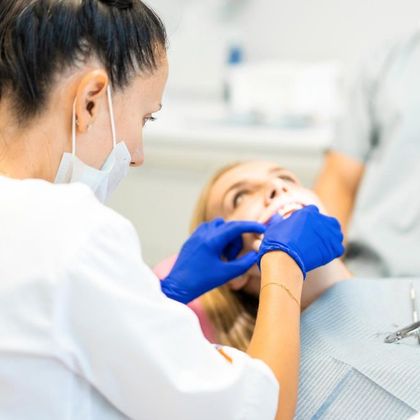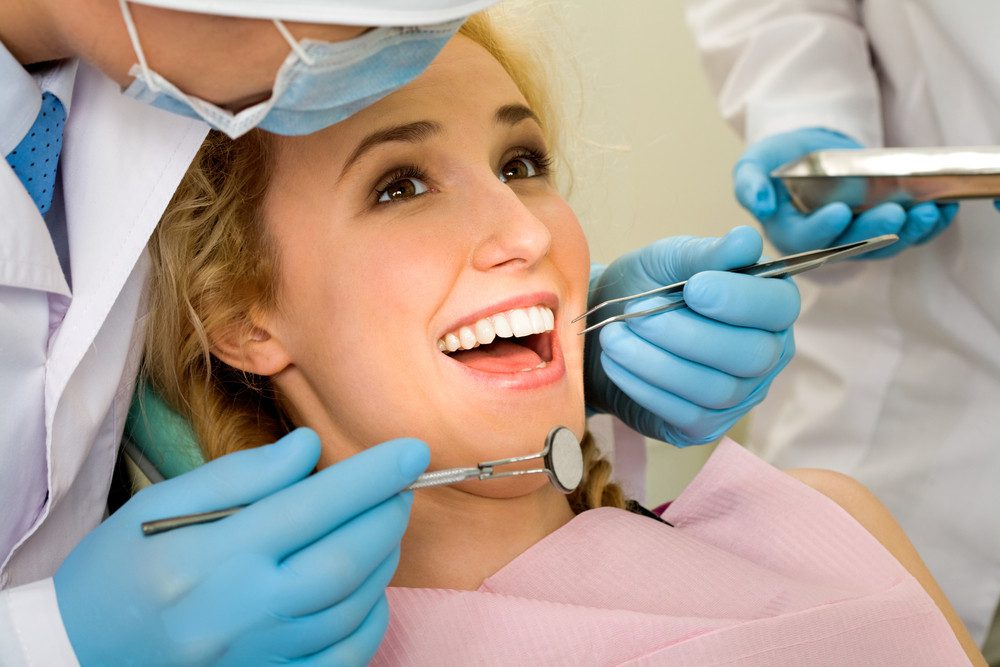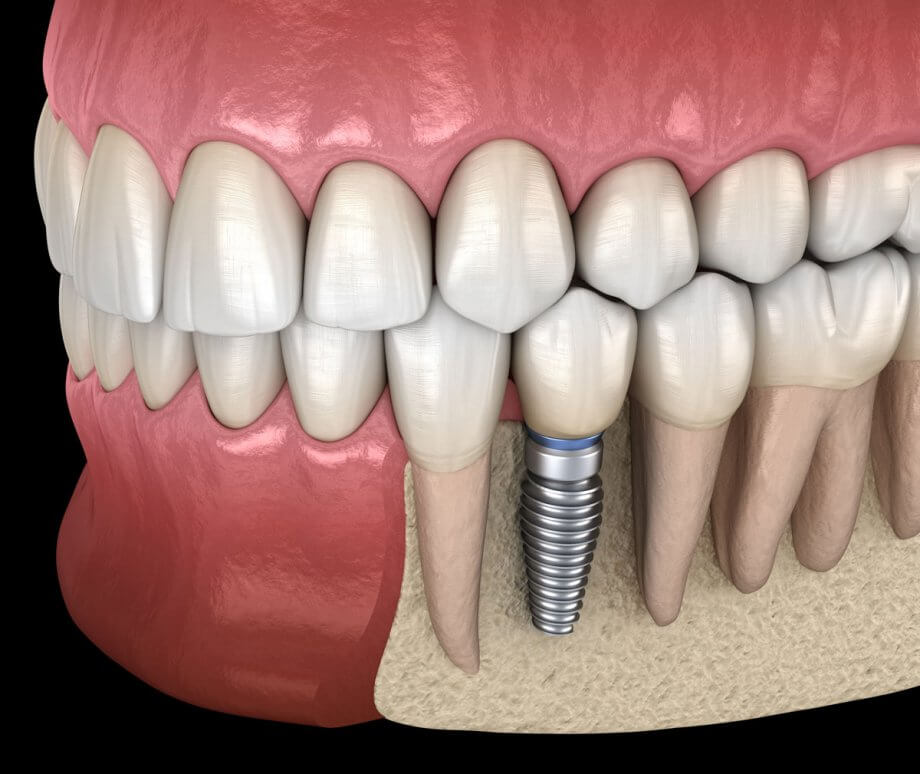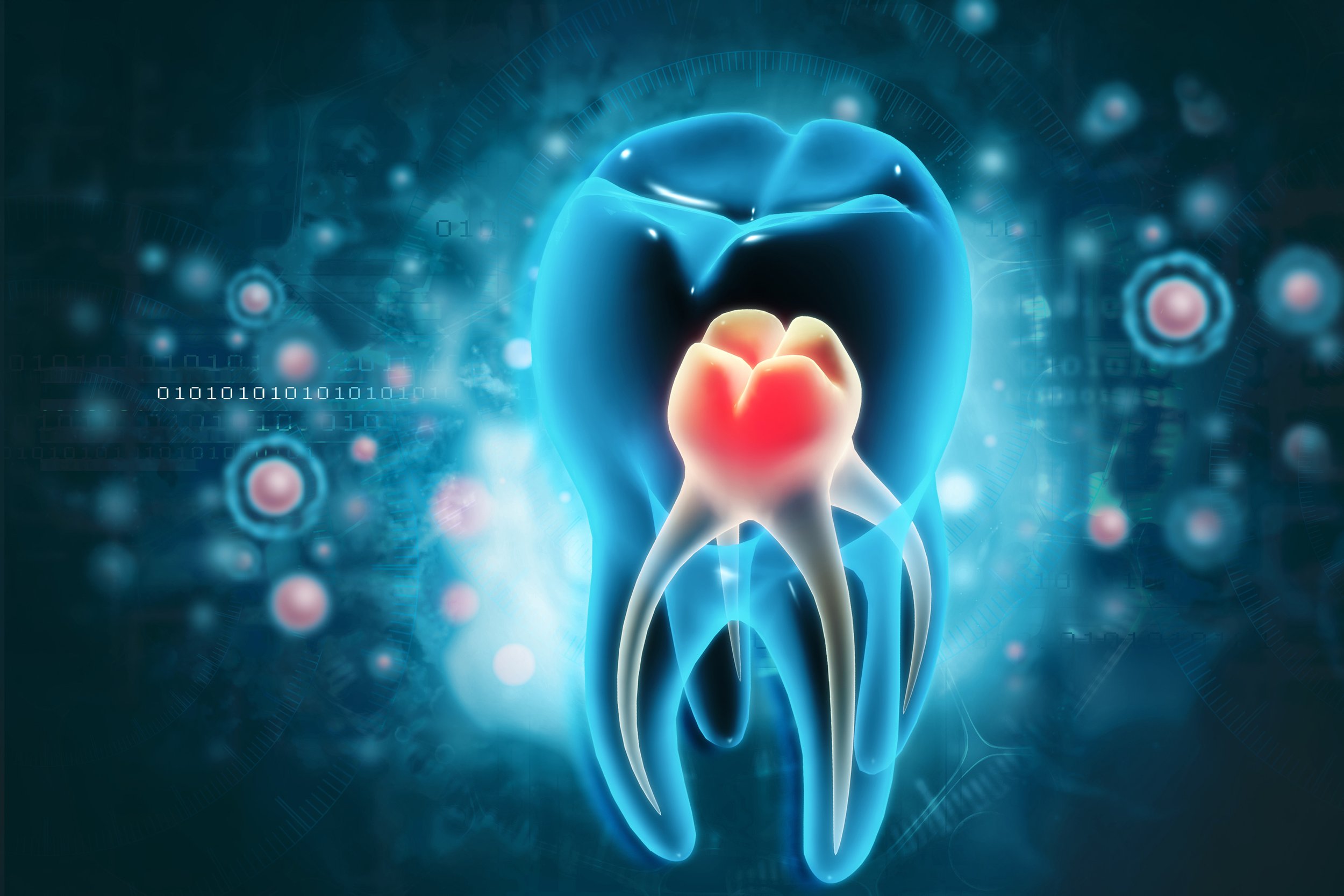Adult Braces: Why It's Never Too Late to Get Dental Braces
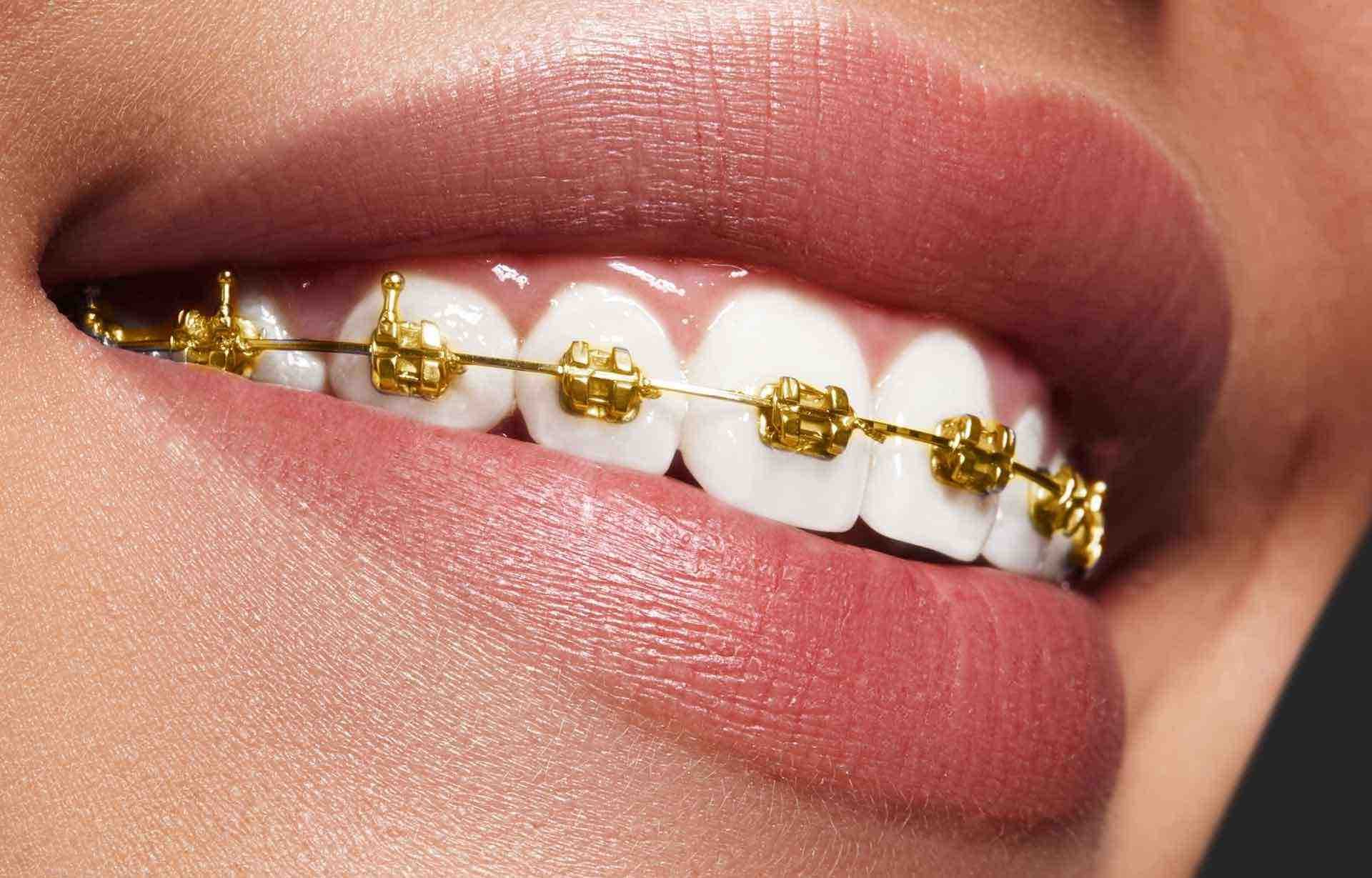
When most people think of dental braces in Dubai, they often imagine teenagers undergoing treatment for crooked teeth. However, braces aren't just for adolescents. In fact, more and more adults are seeking orthodontic treatment to improve their smile and oral health. If you're considering adult braces, it's important to know that it's never too late to get them. This guide will explore the many benefits of adult braces, how the treatment works, and why it's an ideal solution at any age.
1. Benefits of Getting Braces as an Adult:
Achieving a Healthier Smile:
Adult braces offer much more than aesthetic benefits. For many adults, braces provide a chance to improve their overall dental health, including:
Better alignment: Properly aligned teeth make it easier to clean, reducing the risk of cavities and gum disease.
Improved bite function: Correcting bite issues can help with chewing and speaking, making everyday activities more comfortable.
Prevention of future dental problems: By addressing issues like crowded or misaligned teeth, braces can prevent more serious oral health concerns in the future.
Boosting Self-Confidence:
As an adult, your smile plays a major role in your overall self-esteem. The alignment of your teeth can impact how you feel about yourself, especially in social or professional settings. With braces, you can:
Achieve a more attractive smile: Straightening your teeth can drastically improve the appearance of your smile, making you feel more confident.
Improve your self-image: Feeling proud of your smile can have a positive impact on your overall self-image and the way you interact with others.
2. Types of Braces for Adults:
Traditional Metal Braces:
Metal braces are the most common and effective type of braces. While they may not be as discreet as other options, they are reliable in correcting a wide range of dental issues.
Pros: Highly effective at treating complex orthodontic problems.
Cons: More visible than other options, but modern designs are smaller and more comfortable than ever.
Ceramic Braces:
Ceramic braces are similar to traditional metal braces but use clear or tooth-colored brackets to blend with the natural color of your teeth.
Pros: Less noticeable than metal braces, making them a more discreet option.
Cons: Can be more fragile than metal braces and may require extra care.
Clear Aligners (Invisalign):
Clear aligners, like Invisalign, offer a nearly invisible alternative to traditional braces. These custom-made aligners are worn over the teeth and gradually move them into alignment.
Pros: Clear and discreet, allowing for a more aesthetically pleasing solution.
Cons: May not be suitable for more complex cases and requires compliance with wearing them for the recommended time.
Lingual Braces:
Lingual braces are similar to traditional metal braces, but the brackets are attached to the back of your teeth, making them invisible from the front.
Pros: Completely hidden from view, offering a discreet treatment option.
Cons: May take longer to adjust to and can be more difficult to clean.
3. The Process of Getting Braces as an Adult:
Initial Consultation:
The first step in getting braces is scheduling a consultation with an orthodontist. During this visit, the orthodontist will:
Examine your teeth and jaw: The orthodontist will assess your dental alignment, bite, and overall oral health.
Take X-rays and impressions: These will help create a customized treatment plan tailored to your specific needs.
Discuss treatment options: Based on your case, the orthodontist will recommend the best type of braces for your needs.
Treatment Planning:
Once the examination is complete, your orthodontist will develop a treatment plan that outlines the steps involved, the estimated timeline, and any follow-up appointments.
Adjustments: Braces are typically adjusted every 4-6 weeks to ensure progress. During these appointments, your orthodontist will tighten or change the wires to continue shifting your teeth into place.
Retention phase: After the braces are removed, a retainer will be necessary to maintain the results and prevent your teeth from shifting back.
4. Why It's Never Too Late for Braces:
Healthier Teeth and Gums:
Many adults experience crowded or misaligned teeth, which can be difficult to clean effectively. This increases the risk of gum disease and cavities. By correcting these issues with braces, adults can:
Prevent dental issues: Straightening teeth makes it easier to clean between them, reducing the chances of developing oral health problems.
Improve long-term oral health: Keeping your teeth in their optimal position helps reduce wear and tear, preventing future dental issues like tooth decay or gum disease.
Improved Quality of Life:
Misaligned teeth often contribute to issues beyond just appearance. Braces can also:
Improve speech: Misaligned teeth or jaw issues can affect speech clarity. By correcting alignment, patients often experience clearer speech.
Reduce jaw pain: Bite problems can lead to jaw discomfort, headaches, and even TMJ issues. Braces help realign the bite, reducing strain on the jaw muscles.
Mental and Emotional Well-being:
For many adults, addressing long-standing dental issues can result in a significant boost to their mental and emotional well-being.
Increased confidence: The ability to smile confidently can enhance your interactions in both personal and professional settings.
Positive body image: Straightening your teeth can help improve your overall self-image, which contributes to your mental well-being.
5. Common Concerns for Adults Getting Braces:
Will Braces Be Uncomfortable?
It’s common for patients to feel some discomfort during the adjustment phase, especially right after the braces are tightened. However, any pain is temporary and can be managed with over-the-counter pain relievers.
How Long Will Treatment Take?
The length of treatment depends on the severity of your case, but most adults can expect to wear braces for anywhere from 18 months to 3 years. Your orthodontist will provide a more specific timeline based on your individual needs.
Can I Still Live a Normal Life with Braces?
Absolutely! While it may take a little time to adjust, you can continue living your life normally. You may need to modify some habits, like avoiding sticky or hard foods, but braces won’t prevent you from enjoying your everyday activities.
Conclusion:
Whether you're dealing with dental issues that have been bothering you for years or simply want to improve the appearance of your smile, dental braces in Dubai can offer a life-changing solution. It's never too late to get started on your journey toward a healthier, more confident smile. With a variety of braces options available, there’s a solution for every adult, no matter your age or dental concerns. Speak with your orthodontist today to discover the best treatment plan for your needs and take the first step toward transforming your smile!
Note: IndiBlogHub features both user-submitted and editorial content. We do not verify third-party contributions. Read our Disclaimer and Privacy Policyfor details.



